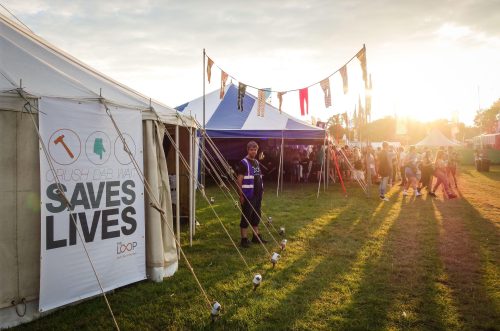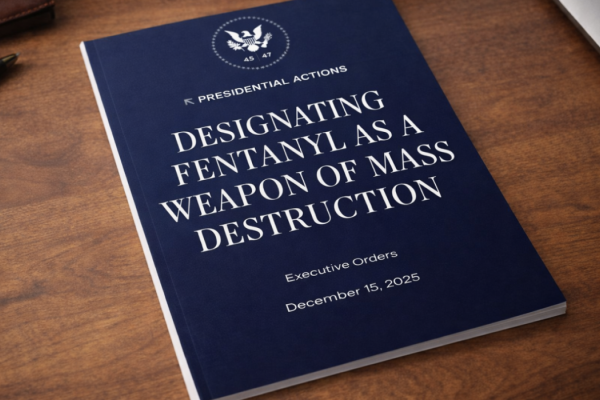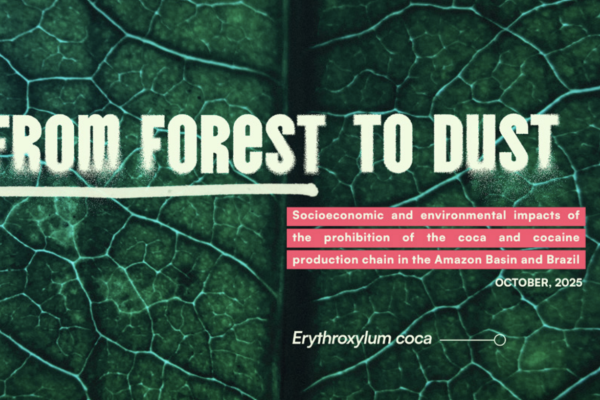19th August 2021
This is the second of a two-part extract from the chapter on MDMA in Transform's recently published book 'How to Regulate Stimulants: A Practical Guide' You can read Part 1 here, or buy a print copy of the book, or download a free pdf version, here.
The present day
While mis-selling of other drugs as MDMA pills has tailed off in recent years (although a problem that could return as 2021 data from the loop suggests), what might have been a positive development in some respects (greater certainty for consumers of the substance they are purchasing and a reduction in more risky adulterants and mis-selling) has been countered by the growing risks from high potency MDMA pills and powder. The EMCDDA Trendspotter notes that ‘over half (53 %) of all ecstasy tablets tested in 2015 [by the Netherlands Drug Information and Monitoring System (DIMS) that tests over 10,000 pills annually] contained over 140 milligrams of MDMA compared to just 3% in 2009.’[1] By 2018, an even greater 72% of samples contained over 150 milligrams of MDMA, with an average of 171 milligrams per pill — considerably higher than the average of 50-80 milligrams consistently seen in Europe across the 1990s and 2000s, and a steady rise from 2014.[2] Recent years have also seen the rise of ‘superpills’- with a range of 270–340 milligrams — up to four times a normal adult dose.[3] Rival producers, flush with low cost raw materials, are competing with each other to market the strongest pills (even if, beyond a certain point, it is unclear whether this is something consumers actually want). The widening potential range of MDMA content in pills, combined with the emergence of super-high strength pills has been identified as a key driver in the rapid rise in MDMA-related medical emergencies and deaths since 2013.
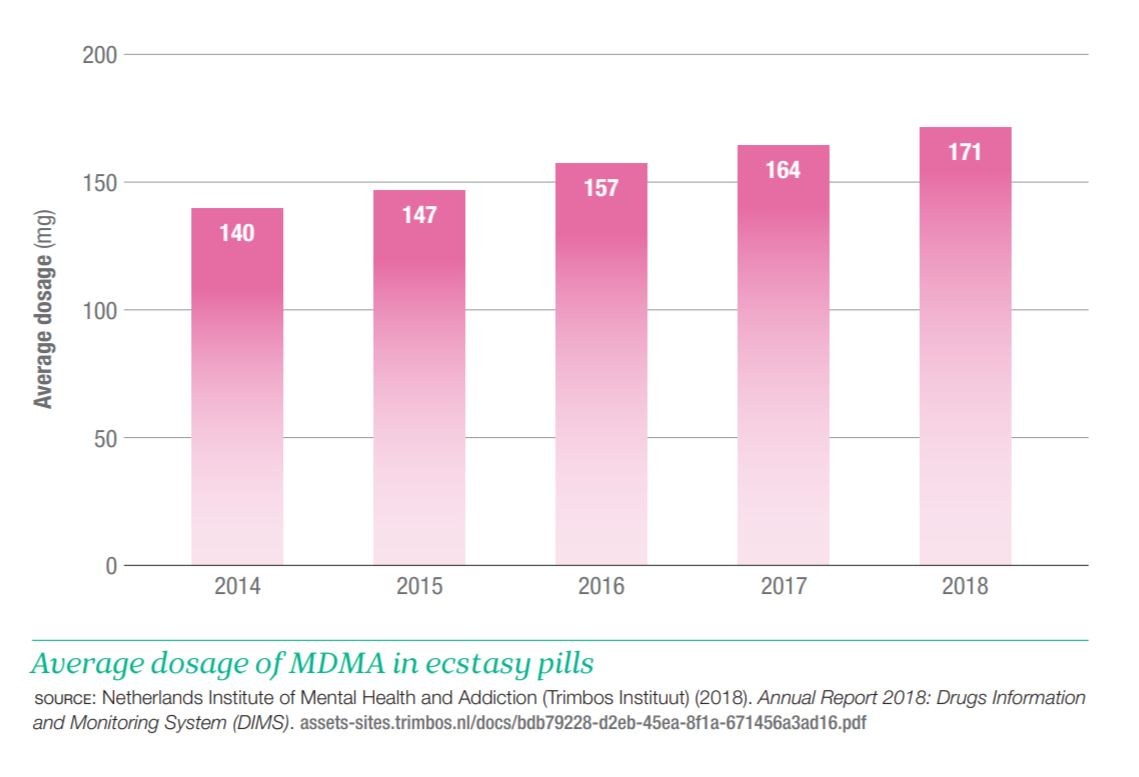
MDMA has also developed a substantial niche in online darknet markets accessed via dedicated TOR browsers and paid for using cryptocurrencies like Bitcoin. Estimates from darknet market studies in 2015 suggested that MDMA was the third most popular drug (after cannabis and pharmaceuticals) purchased on the darknet, accounting for 25% of drug sales.[5] Of those who reported obtaining MDMA in the 2019 Global Drug Survey, 67% reported having obtained it through the darknet — higher than for any other drug. This is up from 48.7% in 2015, when the percentage was also higher than for any other drug.[6]
The EMCDDA also reported in 2019 that ‘transactions involving quantities of MDMA tablets indicative of the middle level of the market account for more than double the revenue of sales of retail-level quantities’. This is in stark contrast to other drugs sold on the darknet, like cannabis and cocaine, for which comparative sales are ‘overwhelmingly at the retail level’.[7]
User reports suggest that MDMA purchased on the darknet is perceived to be better quality than supply from more conventional face-to-face dealer markets — perhaps in part because of the eBay-style user ratings system for products and vendors acting as an informal system of quality control and increased accountability of sellers.[8]
While concerns exist about the ease with which younger potential users might be able to access MDMA (and other drugs) via the darknet (the technical barriers to the market are relatively easily navigated by tech-savvy individuals), there may also be potential for reduced harm through informal quality controls and, for people without access to more established trusted sellers, reduced interaction with unknown dealers.
The pull factors of the darknet in the current illegal market highlight important challenges for a regulated market. Options for future regulated online sales exist but need to account for problems such as the lack of face-to-face interaction with a vendor (and the potential loss of key tailored harm reduction which can be given in person), and meaningful enforcement of age controls.

Lessons learned
There are several useful lessons from the recent history of MDMA. Perhaps most obviously it demonstrates, yet again, the futility of putting enforcement, targeting either people who use or supply, at the forefront of the policy response to drugs. As so often, enforcement interventions have failed to prevent rising use, or prevent supply in the longer term, instead only serving to temporarily displace using behaviours and mutate the market in ways that increased health harms.
It is clear that MDMA has a considerably more resilient popularity than any other amphetamine-type stimulant or synthetic drug that has entered the market in recent history. Significant numbers of people not only like MDMA’s effects and are willing to take known risks (health and legal) to enjoy them, but they seem to prefer it to most available substitutes.
The displacement from MDMA to other stimulants that took place during 2008-2012 MDMA shortage does, however, demonstrate that people who use stimulant drugs in nightlife and party settings will often be willing to switch between drugs, even to what they may view as inferior options, rather than simply abstain. The demand for stimulants in social environments appears to be resilient more broadly, even in the face of such market shocks. This has implications for the potential of using regulatory interventions to nudge consumption behaviours towards safer products and patterns of use.
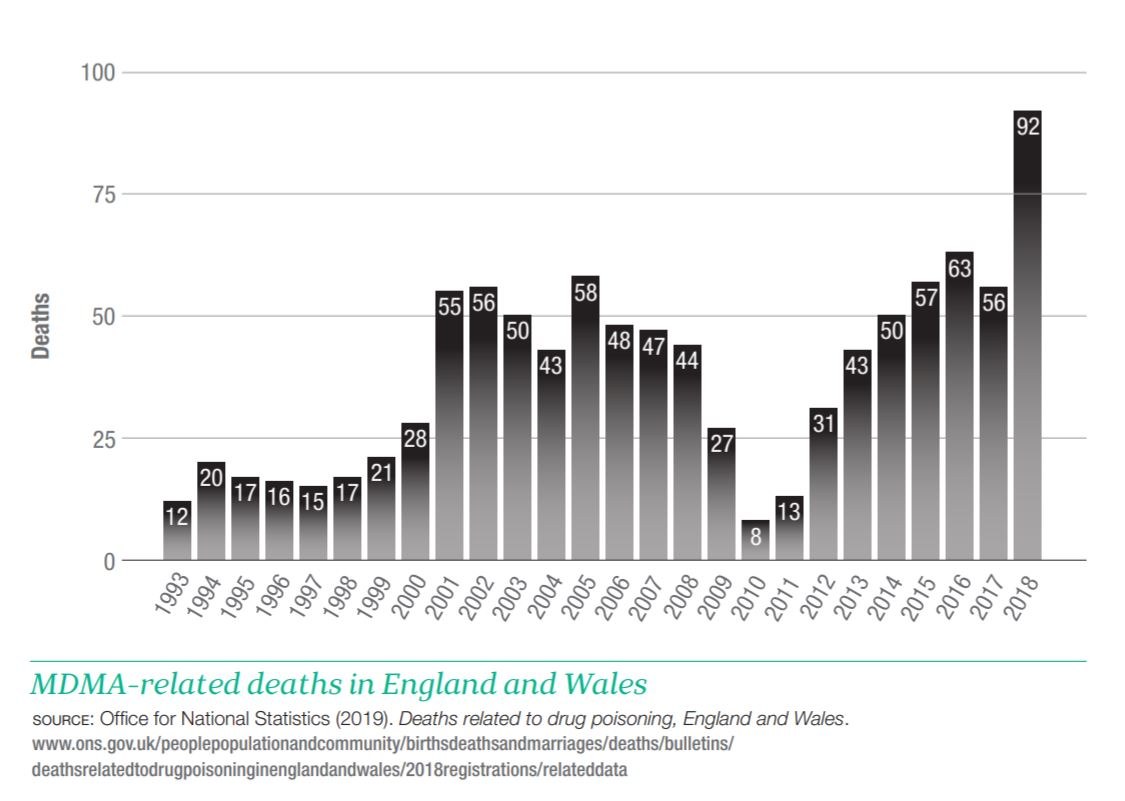
Adaptations in the behaviours of people who use MDMA shows that they are able, willing and indeed eager to minimise their risk exposure where possible. The increasing use of the darknet to buy MDMA (and other drugs), and the embrace of harm reduction services such as drug safety checking, are clear indicators of this. Harm reduction is not a principle that policy makers will need to force upon people who use MDMA or other drugs in nightlife and party settings. Given the option, it is clear that people who use MDMA and other drugs will embrace harm reduction approaches, and support their development. Given the right information and opportunities, most people who use drugs will make rational risk-management decisions when they do so.
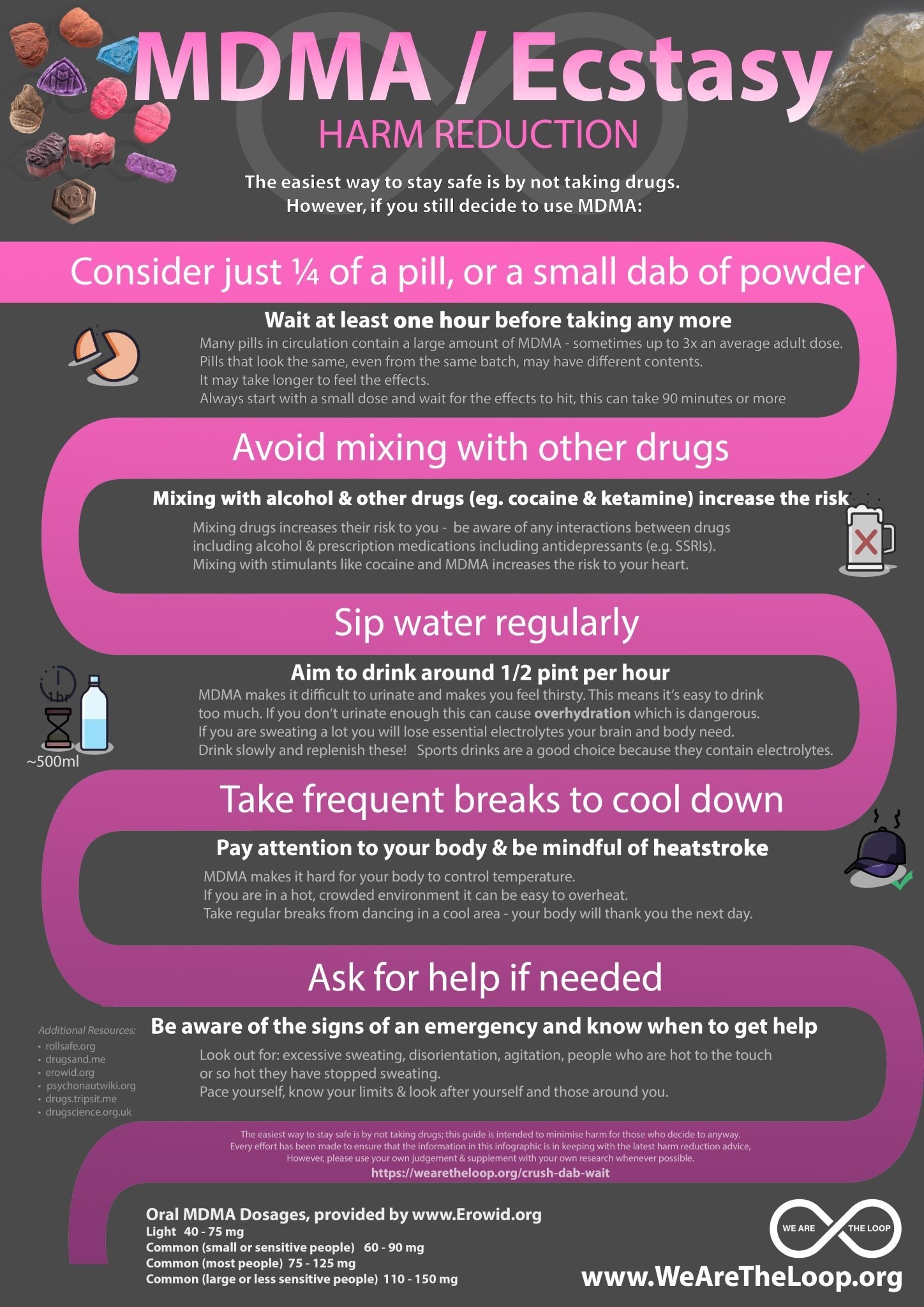
Despite their image as risk-taking hedonists, people who use drugs recreationally do seek out and share harm reduction strategies, often alongside ‘pleasure maximisation’ strategies (the latter often requiring considerable knowledge of drug research, policy and practice). For example, many people who use drugs recreationally access internet-based resources to obtain and exchange advice and information about their drugs of choice, with experienced ‘recreational’ drug users frequently offering experiential ‘knowledge’ to young people new to dance club scenes.[10]
In the Netherlands, possibilities of regulated legal supply of MDMA for non-medical use have been floated, informed by an independent Dutch interdisciplinary expert group (n=18) using dynamic multi-criterion decision analysis. The analysis considers impacts of different policy options across a range of outcomes to develop a new optimized policy model for ecstasy. Hallmarks of the optimal model include regulated production and sales of MDMA, and reduction of MDMA-related organised crime and environmental damage. The model includes precautionary measures related to product control and information provision on safe ecstasy use.[11]
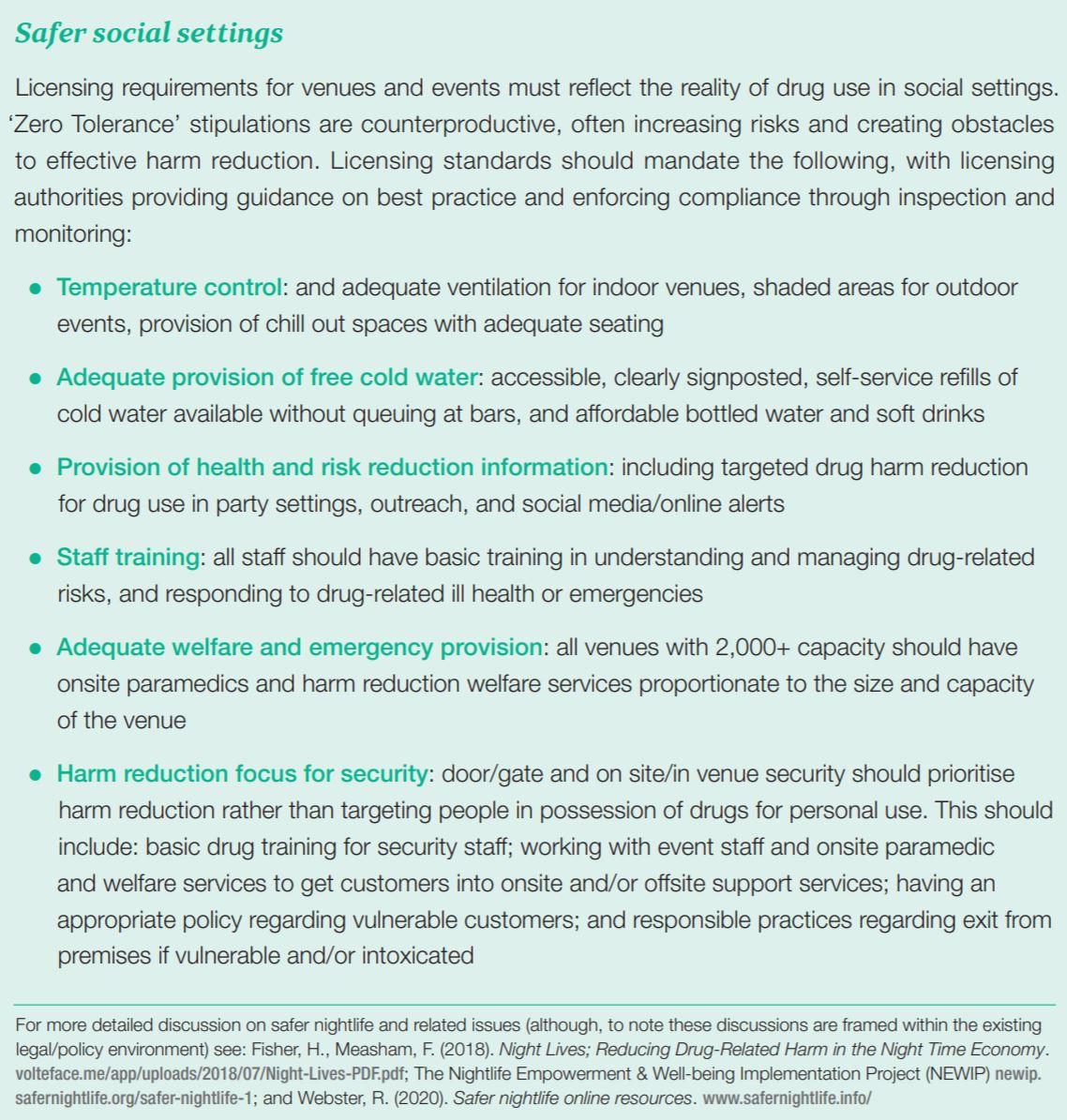
To read the rest of the chapter on MDMA, including a detailed discussion on MDMA use, risks and implications for development of policy and regulatory models - please buy, or download the free pdf of, Transform's book; How to Regulate Stimulants a Practical Guide. The Guide also explores policy around cocaine and amphetamines.
References
[1] EMCDDA (2016). Recent changes in Europe’s MDMA/ecstasy market: Results from an EMCDDA trendspotter study. p.8. http://www.emcdda.europa.eu/sy...
[2] Netherlands Institute of Mental Health and Addiction (Trimbos Instituut) (2018). Annual Report 2018: Drugs Information and Monitoring System (DIMS). https://assets-sites.trimbos.n...
[3] EMCDDA (2016). Recent changes in Europe’s MDMA/ecstasy market: Results from an EMCDDA trendspotter study. p.7. http://www.emcdda.europa.eu/sy...
[4] Netherlands Institute of Mental Health and Addiction (Trimbos Instituut) (2018). Annual Report 2018: Drugs Information and Monitoring System (DIMS). https://assets-sites.trimbos.nl/docs/bdb79228-d2eb-45ea-8f1a-671456a3ad16.pdf
[5] EMCDDA (2019). European Drug Report: Trends and Developments. p.32. https://www.emcdda.europa.eu/publications/edr/trends-developments/2019_en; EMCDDA (2016). Recent changes in Europe’s MDMA/ecstasy market: Results from an EMCDDA trendspotter study. p.6-7. http://www.emcdda.europa.eu/sy....
[6] Winstock, A.R., Barratt, M.J., Maier, L.J. et al. (2019). Global Drug Survey: 2019 Key Findings Report. p.165. https://issuu.com/globaldrugsu...
[7] EMCDDA (2019). European Drug Report: Trends and Developments 2019. p.32. http://www.emcdda.europa.eu/system/files/publications/11364/20191724_TDAT19001ENN_PDF.pdf
[8] EMCDDA (2017). Drugs and the darknet: Perspectives for enforcement, research and policy. p.25. http://www.emcdda.europa.eu/sy...
[9] Office for National Statistics (2019). Deaths related to drug poisoning, England and Wales. https://www.ons.gov.uk/peoplepopulationandcommunity/birthsdeathsandmarriages/deaths/bulletins/deathsrelatedtodrugpoisoninginenglandandwales/2018registrations/relateddata
[10] Smith, Z., Moore, K. and Measham, F. (2009). MDMA powder, pills and crystal: the persistence of ecstasy and the poverty of policy. Drugs and Alcohol Today 9.1. p16. https://doi.org/10.1108/17459265200900004.
[11] van Amsterdam, J., et al. (2020). Developing a new national MDMA policy: Results of a multi-decision multi-criterion decision analysis https://journals.sagepub.com/d...
[12] For more detailed discussion on safer nightlife and related issues (although, to note these discussions are framed within the existing legal/policy environment) see: Fisher, H., Measham, F. (2018). Night Lives; Reducing Drug-Related Harm in the Night Time Economy. https://volteface.me/app/uploads/2018/07/Night-Lives-PDF.pdf; The Nightlife Empowerment & Well-being Implementation Project (NEWIP) http://newip.safernightlife.org/safer-nightlife-1; and Webster, R. (2020). Safer nightlife online resources. https://www.safernightlife.info/

